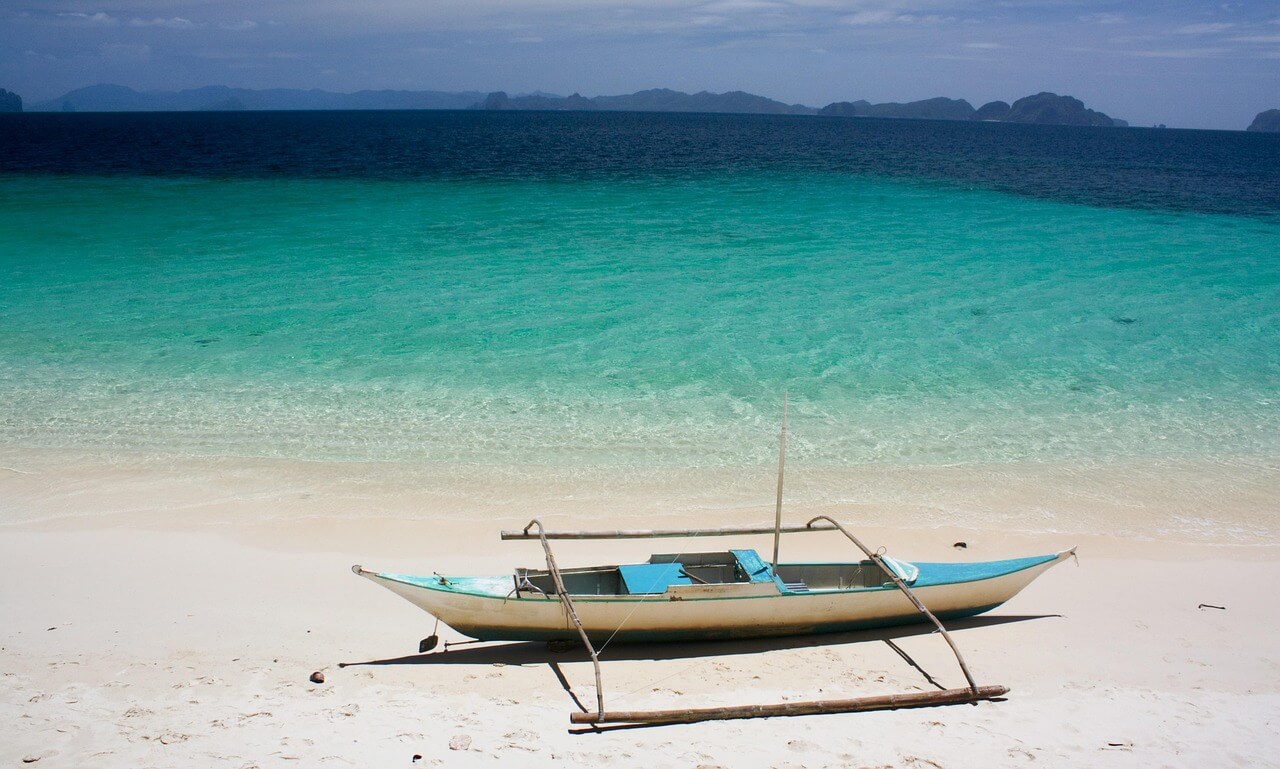Locations with the most attractions in Philippines
- Manila – The capital city offers a blend of history and modernity with attractions like Intramuros, Rizal Park, and the National Museum.
- Palawan – Known for its stunning beaches and crystal-clear waters, Palawan is home to the Puerto Princesa Underground River and the beautiful islands of El Nido and Coron.
- Cebu – A mix of historical sites and natural wonders, Cebu boasts Magellan's Cross, the Taoist Temple, and the nearby Kawasan Falls.
- Bohol – Famous for the unique Chocolate Hills and the tiny tarsiers, Bohol also offers beautiful beaches and the Loboc River Cruise.
- Vigan – A UNESCO World Heritage Site, Vigan is known for its preserved Spanish colonial architecture and cobblestone streets.
Types of attractions in Philippines
- Historical – Explore the rich history through sites like Fort Santiago in Manila and the historical city of Vigan.
- Cultural & Arts – Experience Filipino culture at the National Museum and the Cultural Center of the Philippines.
- Museums – Visit the Ayala Museum in Makati and the Mind Museum in Taguig for interactive exhibits.
- Natural – Discover natural wonders like the Banaue Rice Terraces and the Underground River in Palawan.
- Religious – Visit significant religious sites such as the San Agustin Church in Manila and the Basilica of Santo Niño in Cebu.
- Family & Theme – Enjoy family-friendly attractions like Enchanted Kingdom in Laguna and Ocean Park in Manila.
Most famous fortresses in Philippines
- Fort Santiago – Located in Manila, this historic fort played a significant role during the Spanish colonial era.
- Intramuros – The walled city of Manila, featuring remnants of Spanish-era architecture and fortifications.
- Fort Pilar – Situated in Zamboanga City, this fort is now a shrine and museum.
- Fort San Pedro – A military defense structure in Cebu City, now a museum showcasing Cebu's history.
- Fort Ilocandia – A former military base in Laoag, now a resort with historical significance.
National parks and protected nature
- Puerto Princesa Underground River – A UNESCO World Heritage Site known for its subterranean river system.
- Mount Pulag National Park – Famous for its sea of clouds and diverse flora and fauna.
- Chocolate Hills – Unique geological formations in Bohol, offering panoramic views.
- Mount Apo – The highest peak in the Philippines, located in Davao, known for its challenging trek.
- Coron Reefs – A diver's paradise with WWII shipwrecks and vibrant marine life.
Major religious sites in Philippines
- San Agustin Church – Located in Manila, this UNESCO World Heritage Site is the oldest stone church in the country.
- Basilica of Santo Niño – Situated in Cebu City, it houses the oldest religious relic in the Philippines.
- Antipolo Cathedral – A major pilgrimage site dedicated to Our Lady of Peace and Good Voyage.
- Manila Cathedral – A historic church in Intramuros, Manila, known for its Romanesque architecture.
- Daraga Church – Overlooking Mayon Volcano in Albay, this church offers scenic views and historical significance.
Visitor tips for attractions in Philippines
- Opening Hours – Most attractions are open from 8 AM to 5 PM; however, it's best to check specific sites for accurate timings.
- Ticket Prices – Entrance fees vary; some sites offer discounts for students and seniors.
- Dress Code – Modest attire is recommended, especially when visiting religious sites.
- Photography Rules – Always ask for permission before photographing people, especially in rural areas.
- Local Etiquette – Greet locals with a smile; respect for elders is highly valued.
- Reaching Remote Sites – Use local transportation like jeepneys or tricycles; consider hiring a guide for remote areas.
- Tour Options – Many attractions offer guided tours; booking in advance can enhance your experience.
- Currency/Payment Tips – The Philippine Peso (PHP) is the local currency; credit cards are accepted in major establishments.
- Safety Advice – Stay hydrated, use sunscreen, and be cautious of your belongings in crowded places.





















